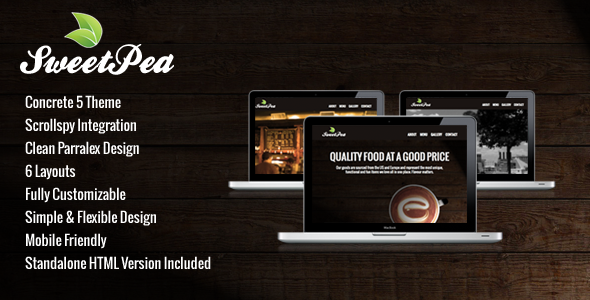

Starting in Firefox 23, mixed active content is blocked by default (and mixed display content can be blocked by setting a preference). You could also use an online crawler like SSL-check or Missing Padlock that will check your website recursively and find links to insecure content.

The mixed content resource that was loaded via HTTP will show up in red, along with the text "mixed content", which links to this page.Īs well as finding these warnings in the Web Console, you could use Content Security Policy (CSP) to report issues. The Firefox Web Console displays a mixed content warning message in the Net pane when a page on your website has this issue. Other resource types like web fonts and workers may be considered active mixed content, as they are in Chrome.
In the mixed active content case, a man-in-the-middle attacker can intercept the request for the HTTP content. Hence, in addition to the risks described for mixed display content above, mixed active content is vulnerable to a few other attack vectors. This type of mixed content can alter the behavior of the HTTPS page and potentially steal sensitive data from the user.

In my case I had to implement the Across the Road font.Mixed active content is content that has access to all or parts of the Document Object Model of the HTTPS page. In my case I had the fonts.css in my CSS directory, then i had the fonts in assets and the variations of the fonts were in the same directory. So perhaps your path is src: url('templates/joostrap/fonts/pixelated.ttf') īut if multiple versions are in one directory, it could be src: url('templates/joostrap/fonts/pixelated/pixelated.ttf') This happens more when you have multiple file fonts such as: light, bold, medium. The most common problem with fonts not showing up is that the path was not properly specified.


 0 kommentar(er)
0 kommentar(er)
